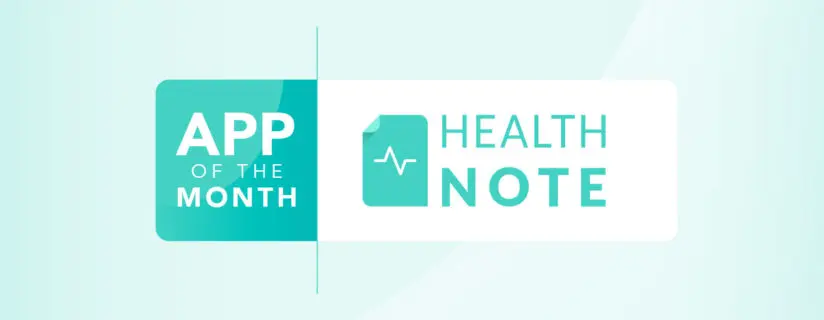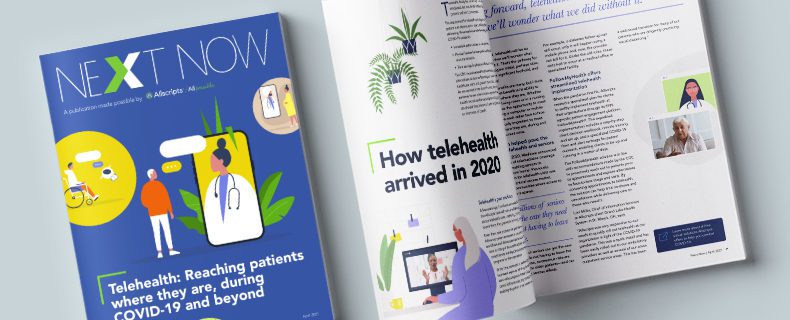Blog Posts
Effectively transitioning adolescent patients to adult healthcare


Turning 18 is a big life milestone. For many, it means heading off to college, entering the workforce or leaving home for the first time. Amid these life changes, however, healthcare is often overlooked. For example, one study revealed approximately 90% of adolescents between 12 and 19 years old accessed primary care in a two-year span, while separate research found less than half of adults under 30 have a primary care physician (PCP).
Building a transition-of-care plan can help ensure young adult patients maintain their health and manage chronic conditions. Below are strategies pediatricians, family medicine doctors and primary care providers can leverage to support the transition to adult care.
Establishing organizational policies
The American Academy of Pediatrics (AAP) recommends provider organizations have a written policy for healthcare transitions as well as the roles and responsibilities of the practice, adolescent patients and their family members. This office-wide policy can then be adapted to each patient over time based on individual needs. Consider displaying the policy in your office and online in addition to sharing handouts so patients and families can access this information.
Additionally, providers should have updated, portable medical summaries ready for older pediatric patients so their histories follow them into adulthood. Plus, with the information blocking regulations in effect, all providers must be prepared to share electronic health information with other organizations (and patients) to comply with the information blocking rule and avoid penalties.
Preparing parents and guardians
The prospect of moving from pediatric to adult care settings can be stressful and emotional for patients’ parents/guardians, especially when children have special healthcare needs. Often these loved ones experience a transition of their own, going from primary decision-makers to support figures.
The AAP recommends providers help parents/guardians prepare for these new dynamics by discussing how their roles will change in the transition process as well as differences between pediatric and adult medicine models. Encouraging loved ones to discuss this transition with adolescents—frequently and well before they reach adulthood—can also help minimize uneasiness on both parties’ ends when the time comes for adult care.
Empowering patients
Conversations about healthcare transitions typically begin when the patient is around age 12 and is developmentally ready to have more involvement in care decisions. However, providers can certainly invite active participation among pediatric patients before adolescence. Veradigm® Chief Medical Officer Geoff Caplea, MD, FAAFP suggests asking the child questions, rather than just the parent, and giving attention to these questions during the visit. This helps establish agency and encourages the child to communicate independently with providers.
Once the child reaches age 12, the AAP recommends providers begin working with the patient and family member to create a transition plan adapted to the patient’s needs. In the following years, the plan may be updated based on any changes in the patient’s medical status and ability to successfully move to and navigate adult care.
If your organization leverages a patient engagement platform like FollowMyHealth®, consider introducing the solution to patients during the teen years so they can begin asking questions and communicating with providers independently between appointments. Dr. Caplea also suggests asking parents if they are comfortable having their children lead visits. This gives teens an opportunity to build a relationship with their PCP and establishes the medical encounter as a “safe space” to bring up concerns in the future.
When adolescent patients are ready to transition to adult care, share their medical histories through your patient engagement platform so they do not lose 18-plus years of healthcare data. Work with patients and family members to identify a new, appropriate provider (if your practice does not also see adults) and be sure to share the portable summaries and complete medical records with the new practice. If a patient has special healthcare needs, communicate directly with the new primary care provider, who may be less familiar with pediatric conditions. Finally, after confirming the transfer is complete, check that the new provider has seen the patient. Completing these final, crucial steps will make for a more seamless transition as the patient enters this new phase of care.
Bearing these tips in mind, providers can help prevent care gaps among young adult patients—and give them the confidence they need to take charge of their care journeys throughout the rest of their lives.












